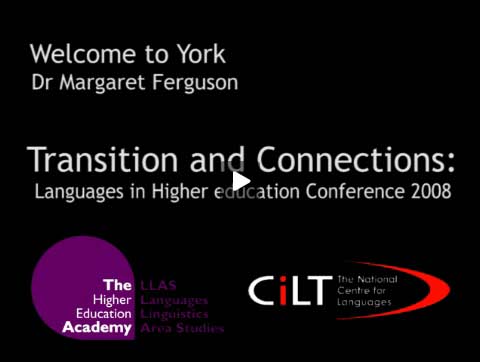The most recent videos appear at the top of this list.
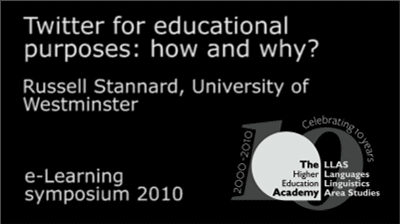
Twitter for educational purposes: how and why?
Many people write and talk about Twitter but few really understand how it can be used as powerful marketing tool for educational content and ideas. It is ideal for making the public aware of Open Educational content and building up powerful networks with organisations and groups. I have nearly 3000 followers on the 3 Twitter accounts I run and this presentation will be a hands-on, "this is what you have to do" approach to Twitter. I will also reveal some interesting stats about the effect that Twitter and other social networking sites are having on the number of users visiting OER resources. To get a taste of the talk, read my recent article in the THE website about Twitter and OER.
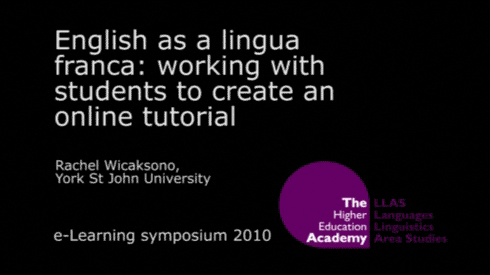
English as a lingua franca: working with students to create an online tutorial
As part of an 'Enquiry-based learning' project, and with support from the HEA LLAS Action Research fund, four students worked together with the Head of Programme for the MA TESOL to explore their use of English in mixed nationality group work. This involved the students in using digital audio recorders to collect classroom data and Audacity to edit their sound files, as well as in learning to transcribe and collaborating on a micro-analysis of their talk using conversation analysis-type methods. The project team used Wimba Create to build a simple but engaging online tutorial which aims to raise the awareness of university students (both British and international) to the use of English as a lingua franca in group work. The resulting tutorial uses audio, reflective video and interactive flashcards and is licensed under a Creative Commons agreement, meaning that anyone is free to use and customise the material to suit their own purposes. This talk will demonstrate the tutorial as well as reflecting on related issues including: students preparing evidence-based learning materials, using appropriate technology to create re-usable resources and the possible implications of English as a lingua franca for UK universities.
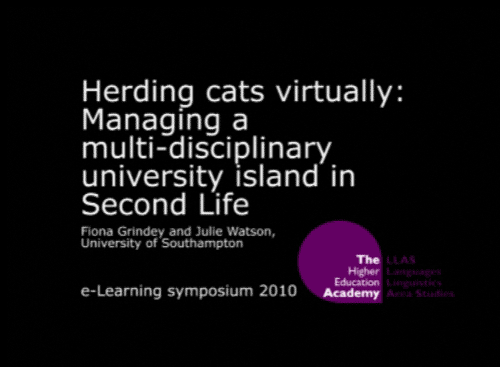
Herding cats virtually: Managing a multi-disciplinary university island in Second Life
The University of Southampton Island in Second Life was established in 2008, and through collaboration between the Learning and Teaching Enhancement Unit and the Communications Department is now becoming an active educational and research resource. The first part of this presentation will present an overview of the island and explain the methodology that has been used to bring together and manage a range of discipline-specific projects on the island. The second part will present an overview of one of the projects (M3: MUVE, Moodle and Microblogging), conducted by Modern Languages (ML) and demonstrate how it has contributed to the ML skybox under development on the island. Features that will be showcased include a Language Café and a range of interactive in-world learning resources for international students preparing to live and study in the UK.
Academic presentations: teaching presentation skills to foreign students
These videos are designed to be used either in the classroom or for self-study. The video deals with the basic structure of an academic presentation including useful words and phrases, signposting, the use of notes vs. reading from a script, the importance of key content words.
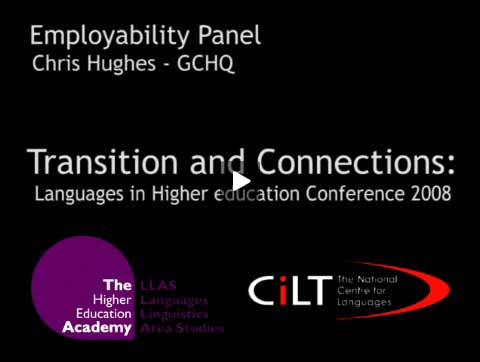
Employability Panel: GCHQ
This presentation was part of the languages in higher education conference 2008
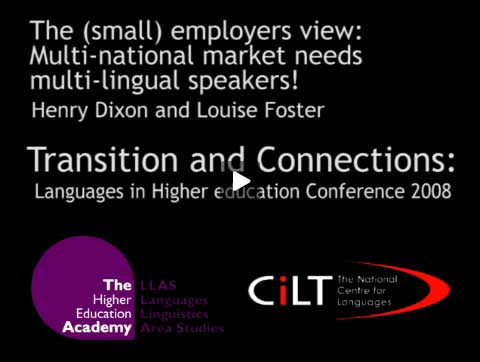
The (small) employers view: Multi-national market needs multi-lingual speakers
This presentation was part of the languages in higher education conference 2008
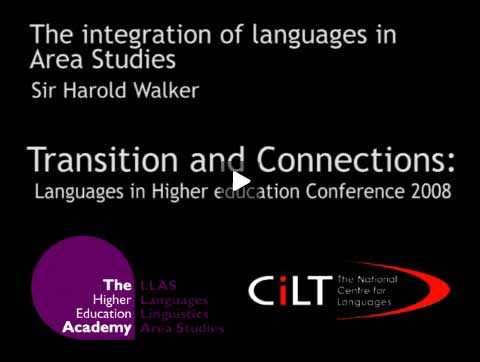
The Integration of Languages in Area Studies
This presentation was part of the languages in higher education conference 2008
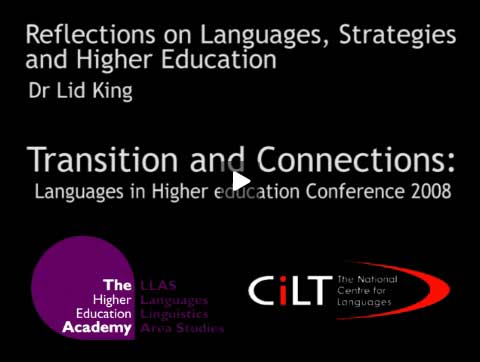
Reflections on Languages, Strategies and Higher Education
This presentation was part of the languages in higher education conference 2008
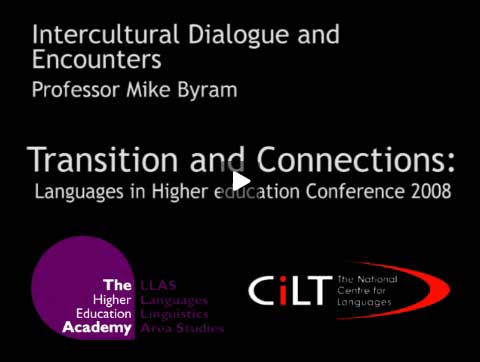
Intercultural Dialogue and Encounters
This presentation was part of the languages in higher education conference 2008

